Table of Contents
1. Introduction
2. Types and Usage of Chimineas
3. Market Overview of Chimineas in 2024
4. Key Factors When Selecting a Chiminea
5. Best Chimineas and Leading Models of 2025
6. Conclusion
Introduction
Chimineas, outdoor fireplaces with a charming, rounded design, are becoming increasingly popular in 2025. Originally made from clay, modern chimineas are also available in cast iron and steel, offering versatility in both form and function. These structures not only provide warmth during cooler seasons but also enhance outdoor living spaces with their visual appeal. Whether used for heating, cooking, or simply creating a cozy atmosphere, chimineas are a practical and stylish addition to gardens and patios, making them an attractive option for various outdoor settings.
Types and usage of chimineas
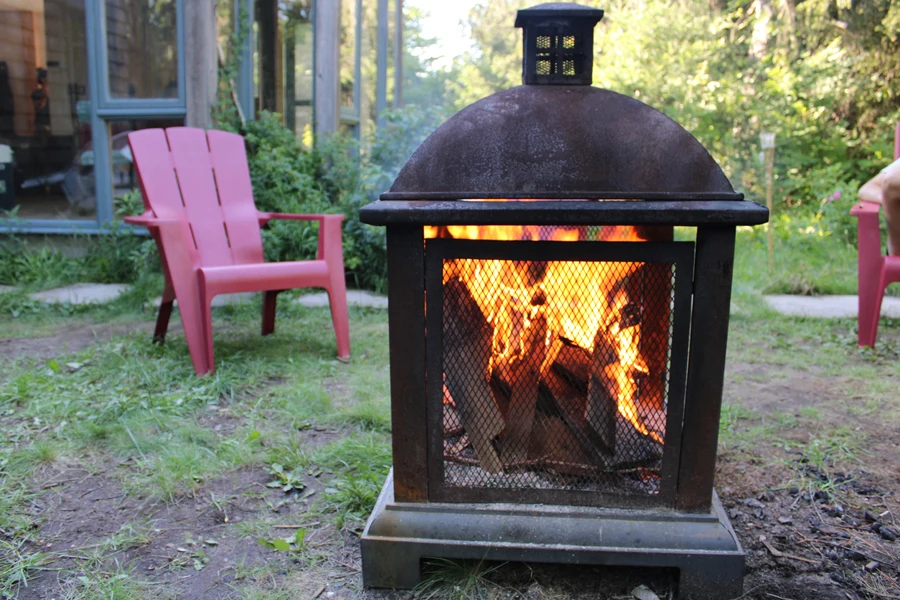
Cast iron vs. clay
Cast iron chimineas are known for their durability and heat retention, making them suitable for large spaces. They can handle intense heat but require regular maintenance to prevent rusting. In contrast, clay chimineas offer a more traditional look and distribute heat evenly but are more fragile and prone to cracking, especially if exposed to extreme temperatures. Clay models work best in mild climates and smaller settings where their rustic charm is appreciated.
Wood-burning vs. gas-powered
Wood-burning chimineas create a classic outdoor fire experience, providing warmth and ambiance. They are versatile but require more effort in managing the fire. Gas-powered chimineas, on the other hand, are easier to use and maintain, offering consistent heat with minimal cleanup, but they lack the authentic feel of wood-burning models.
Practical uses
Chimineas serve multiple purposes, from heating outdoor spaces to cooking. Many models come with grills, allowing them to be used for barbecuing or roasting. Additionally, their warm glow adds ambiance, making them a focal point for outdoor gatherings.
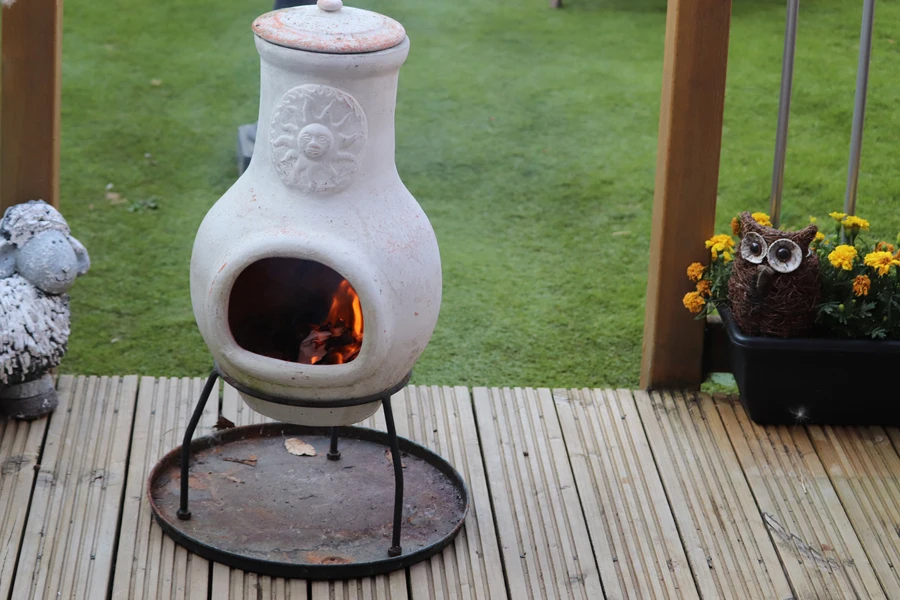
Market overview of chimineas in 2024
Growth trends in outdoor heating products
The global chiminea and fire pits market was valued at approximately USD 7.3 billion in 2023 and is projected to grow to USD 11.3 billion by 2030, with a compound annual growth rate (CAGR) of 6.5%. This growth is largely driven by increasing demand for outdoor heating solutions, especially in North America, where outdoor living spaces are highly prioritized. Additionally, regions like Europe and Asia-Pacific are experiencing strong growth due to rising disposable incomes and a growing interest in eco-friendly, sustainable outdoor products. Technological advancements, such as energy-efficient designs, remote-controlled heat settings, and enhanced safety features, are also boosting the market’s appeal, further driving expansion into 2030, according to Grand View Research.
Both residential and commercial users are driving demand for chimineas. Homeowners are looking for solutions to extend the usability of outdoor areas, while businesses, especially in the hospitality sector, use chimineas to create warm, inviting spaces for customers. The adoption of innovative, low-maintenance chimineas is expected to support market growth well into the next decade.
Demand shifts: from rustic to modern designs
Although traditional clay chimineas remain popular for their rustic charm, there is a growing shift toward modern materials like cast iron and steel. Cast iron chimineas are preferred for their heat retention and durability, making them suitable for large spaces. Steel models, with their lightweight and contemporary design, are becoming increasingly popular in urban areas where space is limited. Additionally, eco-friendly designs, including chimineas made from recycled materials, are appealing to environmentally conscious consumers.
Market segmentation: residential vs. commercial use
The chiminea market is divided into residential and commercial segments. Residential buyers typically seek aesthetic appeal and multifunctionality, with chimineas that also serve as outdoor cooking tools. The focus is on creating a cozy atmosphere for home gatherings. On the other hand, commercial users, such as hotels and restaurants, prioritize performance and durability. Larger, more robust chimineas that can handle heavy use and provide sustained heat for extended periods are favored in this segment, where maintaining guest comfort and ambiance is key.
Key factors when selecting a chiminea
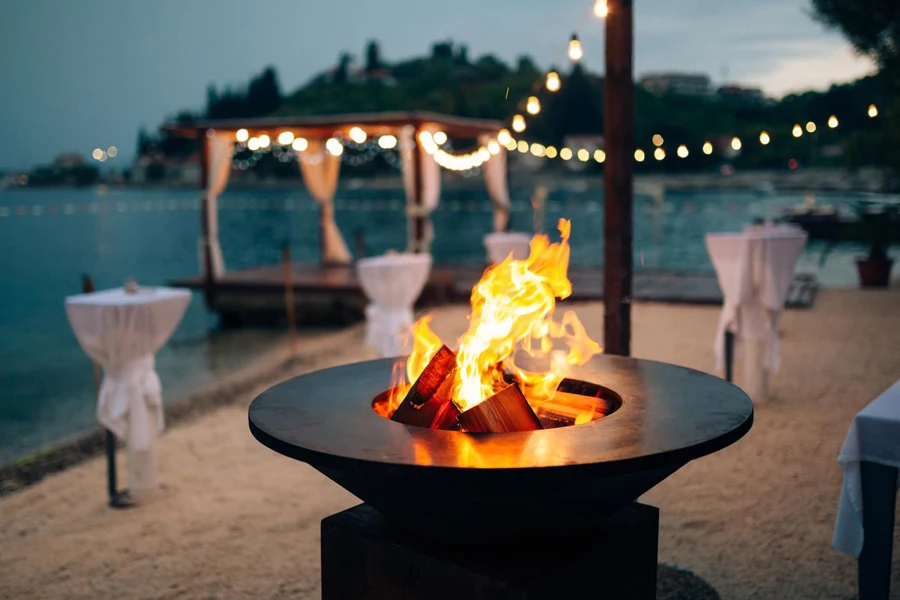
Size considerations: small spaces vs. large areas
Chiminea size is crucial, as it affects both function and appearance. For small spaces like balconies or compact patios, smaller chimineas are easier to manage, take up less space, and provide enough heat for close, intimate gatherings. However, they might not be ideal for larger groups or cooking purposes, given their limited heat output.
For large outdoor areas such as gardens or expansive patios, a larger chiminea is more suitable. These models provide more heat, often feature built-in grills for cooking, and work well for multi-functional outdoor setups. The trade-off is that they can be heavy and difficult to move, sometimes requiring permanent placement.
Durability and maintenance: choosing for longevity
Durability is essential, especially for chimineas exposed to tough weather conditions. Cast iron models are strong and excellent at retaining heat, making them a long-lasting option. However, they need regular maintenance to prevent rust, including oiling and using covers.
Clay chimineas, while visually appealing, are more fragile and can crack under extreme heat or rapid cooling. They’re best suited for mild climates or sheltered spaces. Steel chimineas, on the other hand, offer a lightweight, rust-resistant alternative, making them a low-maintenance option for varied weather conditions.
Aesthetic appeal and design preferences
The design of a chiminea should complement the style of the outdoor space. Clay chimineas are often chosen for their traditional, handmade look, which fits well in rustic or earthy settings. They can be decorative focal points but may lack the durability of metal models.
For a more modern aesthetic, cast iron and steel chimineas are popular choices. These materials allow for sleek, contemporary designs, perfect for minimalist or urban environments. Steel models come in a variety of finishes, offering both style and function to suit different preferences.
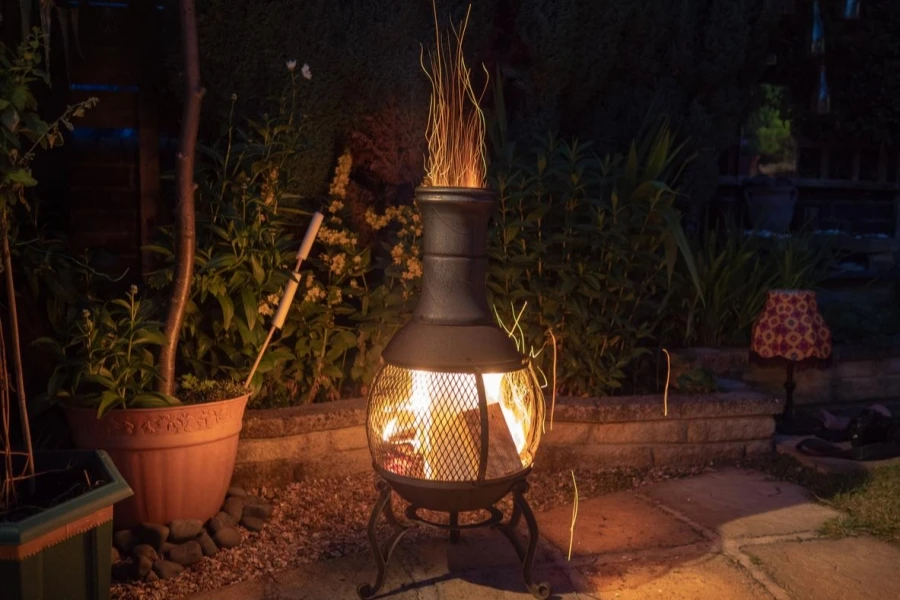
Safety features to look for
Safety is a top priority when choosing a chiminea, especially for environments where children or pets may be present. Cast iron chimineas, while durable, can become extremely hot to the touch, posing a burn hazard. This makes proper placement and clearance from flammable materials crucial. Many cast iron models now come with safety screens to prevent sparks or embers from escaping, which is an essential feature to consider.
Clay chimineas, while cooler on the exterior, are still a fire hazard if not used properly. Their rapid cooling time makes them a safer option in environments where accidental contact might occur. Steel chimineas often come with additional safety features, such as spark guards and heat-resistant coatings, making them a popular choice for families or commercial settings where safety is a concern. Selecting a chiminea with built-in safety mechanisms like spark guards, and ensuring proper ventilation and placement, is essential for safe and enjoyable use in any outdoor space.
Best chimineas and leading models of 2025
Top picks for large gardens
For expansive outdoor areas, brands like La Hacienda stand out for their robust chimineas made from cast iron and steel. These materials ensure maximum heat retention, making them ideal for larger spaces. Many of their models include features like built-in grills, providing the added versatility of outdoor cooking. Kingfisher is another trusted name, known for heavy-duty, long-lasting chimineas that perform well in large garden setups, providing consistent heat output for extended gatherings.
Best compact chimineas for urban living
For smaller, more confined spaces like balconies or patios, Gardeco is an excellent choice. The brand offers a variety of compact chimineas, particularly clay and steel models that strike the perfect balance between aesthetics and functionality. Their lightweight designs make them easy to relocate and maintain. La Hacienda also caters to urban settings with smaller, portable steel chimineas that provide efficient heating while taking up minimal space, making them well-suited for urban living.
The most durable and weather-resistant models
When it comes to durability and weather resistance, BonFeu leads the market with its high-quality steel chimineas. Their models are built to withstand harsh weather, using protective coatings that prevent rust and extend longevity. BonFeu’s chimineas are low maintenance and designed for frequent outdoor use. La Hacienda also delivers durable options, particularly in cast iron, which are highly resistant to wear and tear, making them ideal for use in various climates.
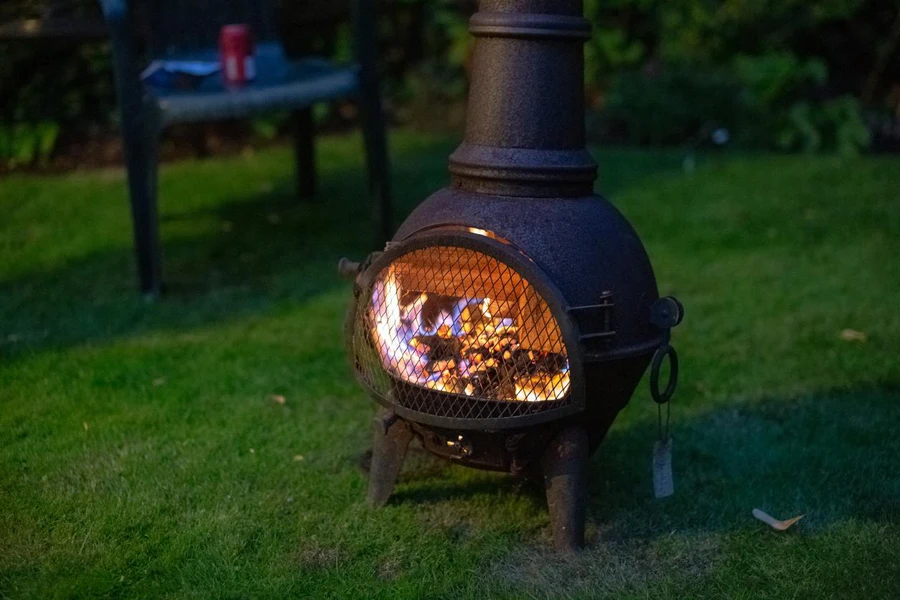
Innovations in chiminea design for 2025
EcoSmart Fire is a leader in eco-friendly chiminea designs, focusing on sustainability by using cleaner-burning fuels and recycled materials. This brand appeals to environmentally conscious buyers who seek energy-efficient outdoor heating solutions. Gardeco and BonFeu are also incorporating modern technology, offering chimineas with smart features like remote controls and adjustable heat settings. These innovations reflect a shift toward more user-friendly and eco-conscious designs, catering to the evolving needs of the market.
Conclusion
When selecting a chiminea, it’s essential to balance aesthetics, functionality, and durability. Larger, cast iron models offer high heat output and durability, making them ideal for expansive spaces, while compact clay or steel options are better suited for urban environments. Durability and maintenance requirements vary across materials, with cast iron needing more upkeep and clay being more fragile. Design preferences should align with the overall outdoor aesthetic, whether traditional or modern. Safety features, such as spark guards and cool-touch exteriors, are critical for ensuring the chiminea is both practical and safe for regular use.




